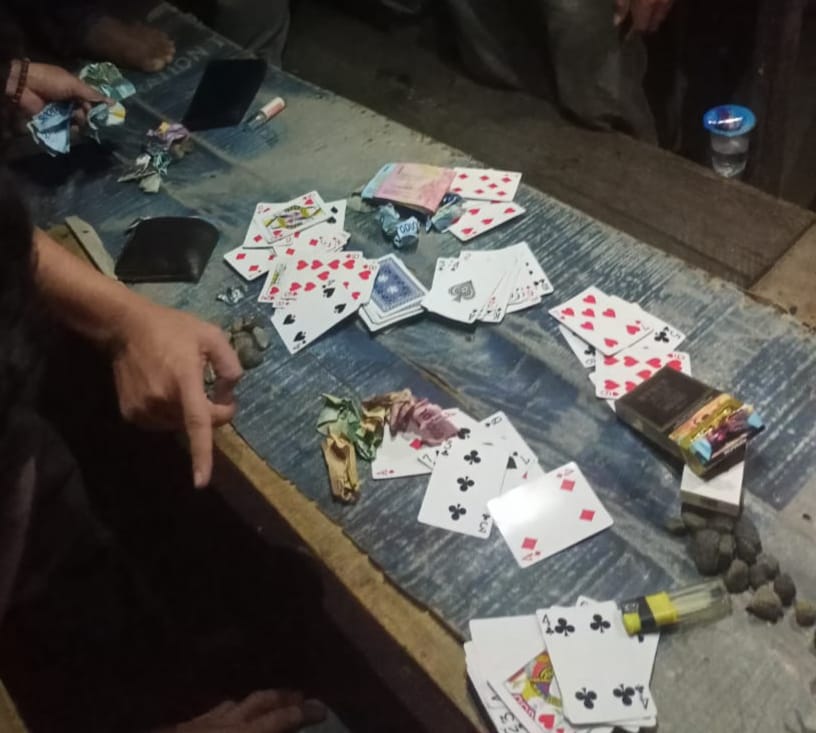How Card Gambling Games Became What They Are Today
3 min read
How Card Gambling Games Got to What They Are Today – They are a big part of casino culture and commonplace all over the world. Players are getting used to playing a variety of popular games, from poker to blackjack that have entertained generations over the years. Yes, we are talking about playing cards. Ever wondered about the history of card games and how they developed, both for traditional games and online casino games?
The Origin of Playing Cards
Unlike bingo, which originated in Italy in the 16th century, the origins of playing cards are still unclear. That said, it is believed that they originated in ancient China during the Tang Dynasty. Scholars note that the earliest references to playing cards come from 10th century Chinese literature. Some believe that these cards were most likely used for fortune telling, with the 4 suits representing the 4 seasons, while the 52 cards represent the weeks of the year.
Card Game in Europe
Playing cards themselves first appeared in Europe in the 14th century, most likely in Spain or Italy before starting to spread throughout the continent. The earliest European cards were hand-painted (often with intricate designs and gilding) and were considered luxurious items reserved for the rich. Additionally, they are often used for games that rely on luck and gambling, as well as for education and teaching.
Baca juga : Bagaimana Permainan Judi Kartu Bisa Menjadi Seperti Sekarang
How Did Card Gambling Games Become What They Are Today?
The four suits used in modern playing cards (hearts, diamonds, clubs, and spades) may have been inspired by the four suits used in early European playing cards, namely cups, swords, coins, and clubs. As playing cards became more popular, the design and artwork on the cards became more standardized, although there were still variations from region to region.
Standardization of Playing Cards
Playing cards became more standardized in the 19th and 20th centuries as printing technology advanced at that time. Many experts believe that the first deck of playing cards with standard suit symbols was produced in France in the 1800s. The standardization of playing cards made them more accessible and popularized them throughout the world.
Want to know how many cards are in a deck? Today, although a deck of playing cards corresponding to 52 cards is considered the international standard, many countries or regions, such as Central Europe, still use a deck of 36 or 32 cards, especially for region-specific games.
Contemporary Trends in Playing Cards
There has been an increase in rummy gambling which is specifically designed to be played. These decks are often designed for a specific purpose, such as a magic trick or collectible and feature unique artwork and designs. These cards are clearly much more valuable than any standard deck of playing cards and are quickly becoming a sought-after gift item among many gambling enthusiasts.
Another popular trend in playing cards is the use of foil, embossing, and other printing techniques to create visually stunning decks. Want to spice up your favorite casino game? Then you might be interested in exploring another growing trend: the use of non-standard suits and face cards, adding a unique twist to the classic card gambling game.



